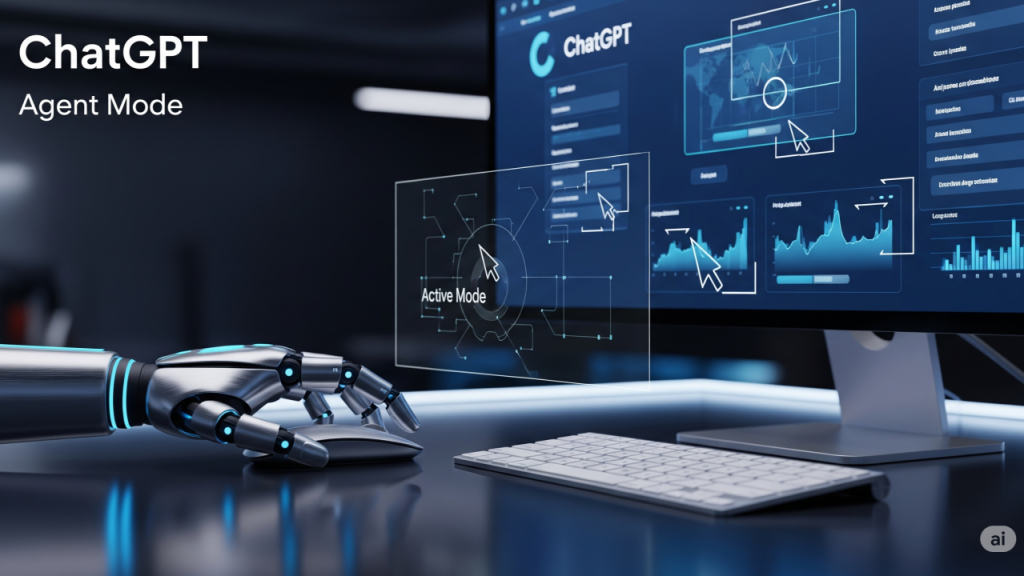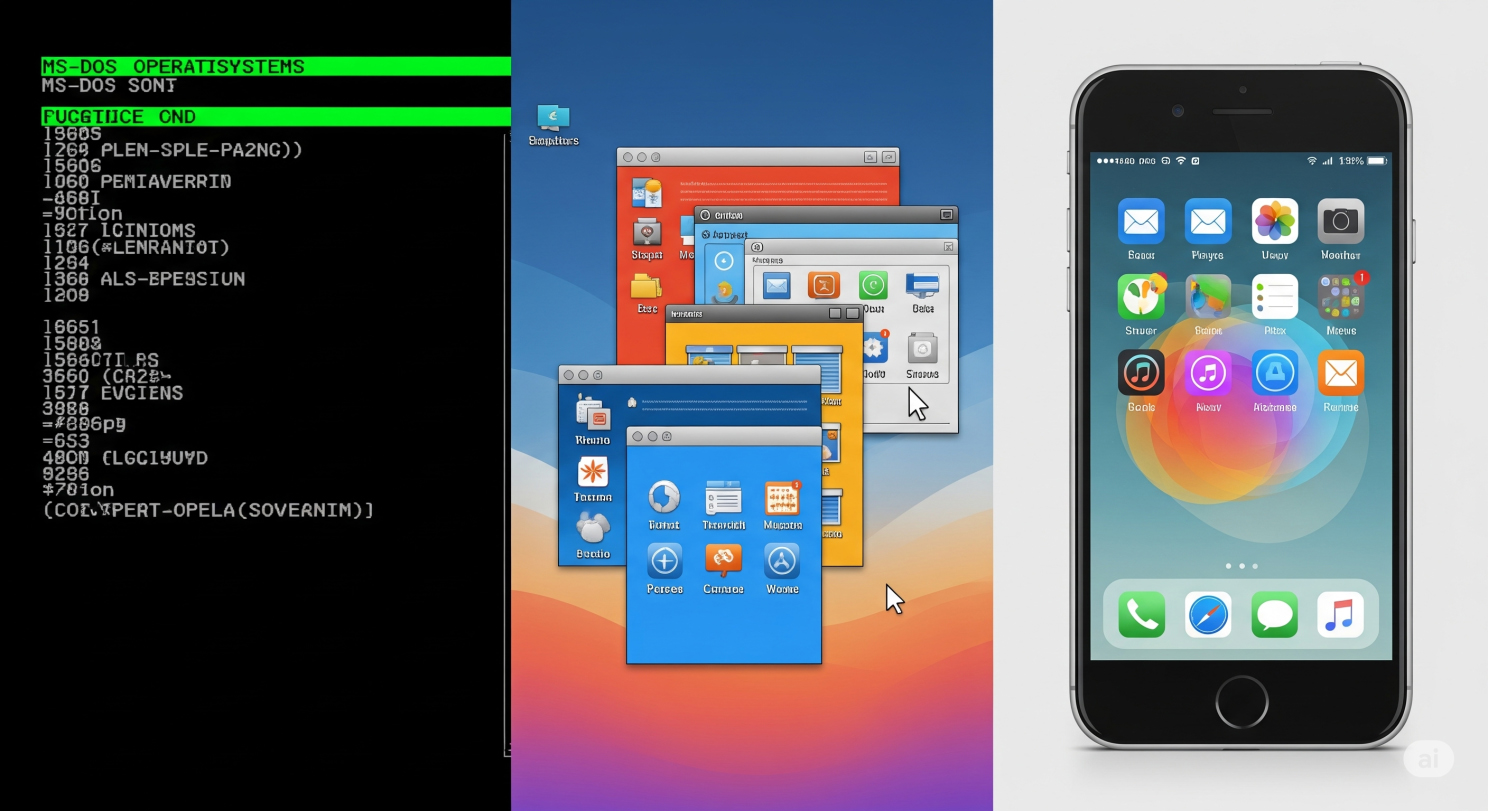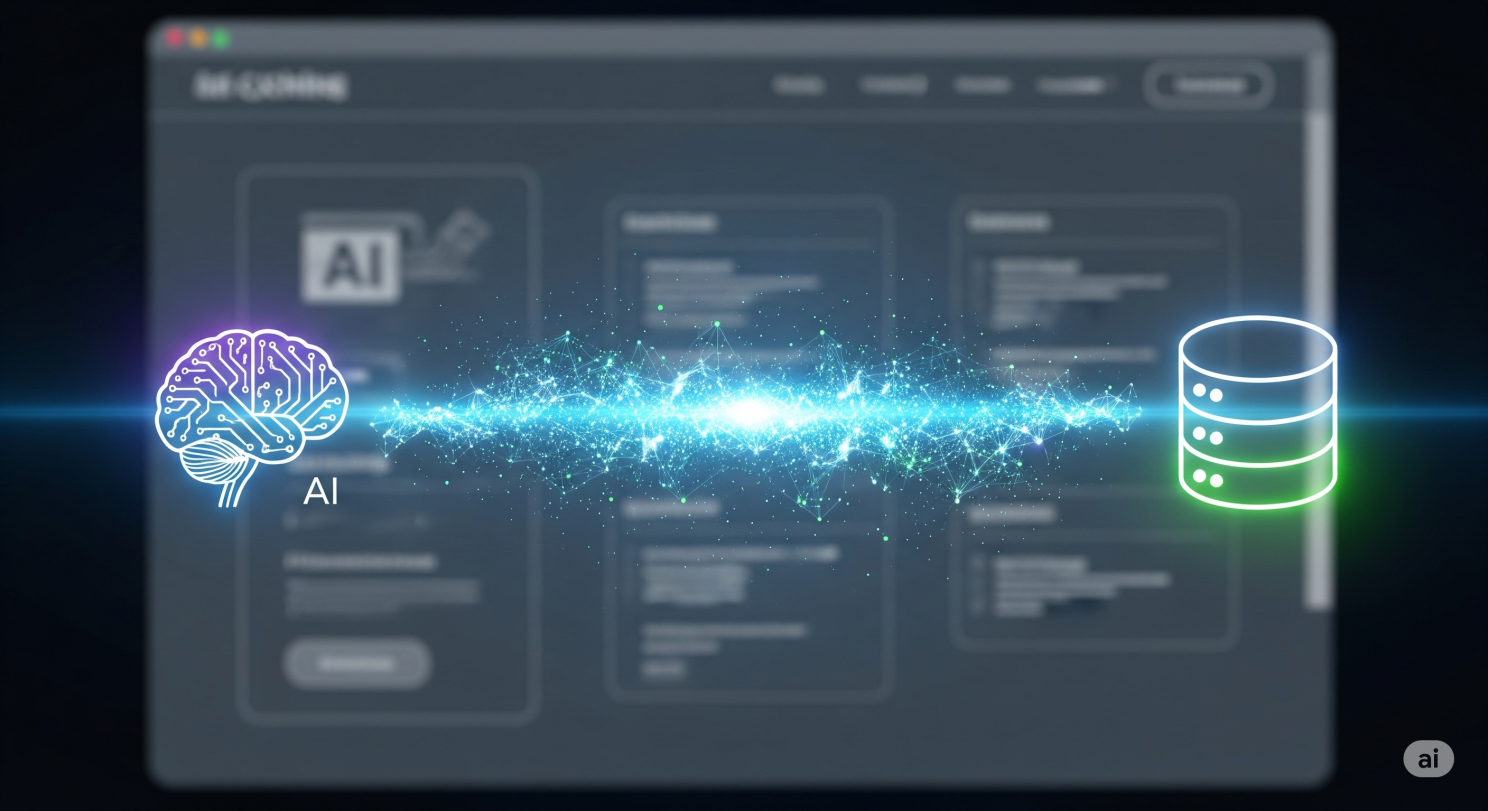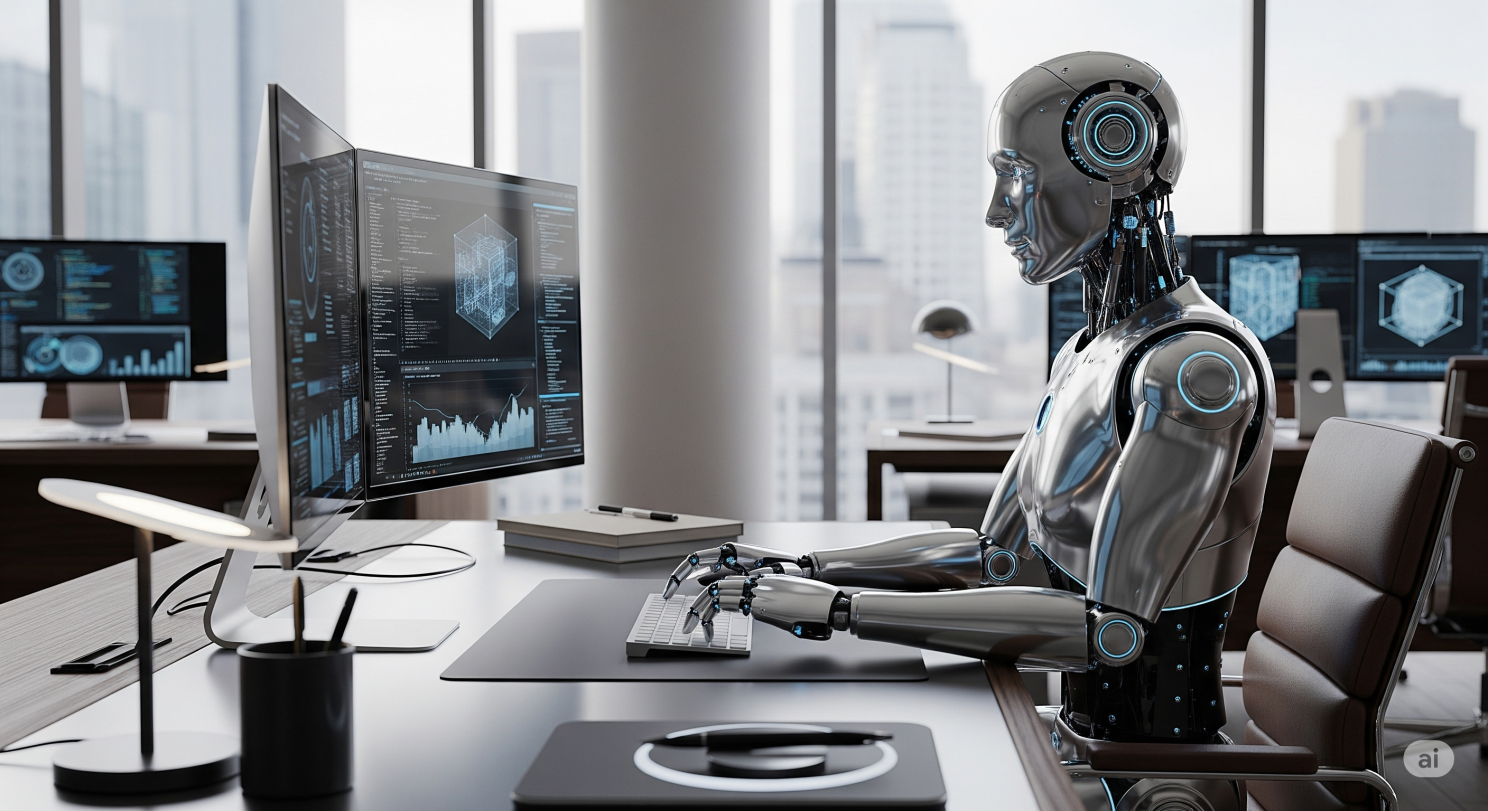AI just learned to use a mouse! Here’s why that’s a revolution

- marketing
- Categories: Isidoros' blogposts
- Tags: AI, CX, Loyalty
Prefer watching a video? I transformed this article into a video presentation using Google’s NotebookLM. It’s surprisingly accurate and even expands on some of the ideas. Give it a watch!
For as long as we’ve had computers, we’ve been trying to solve one fundamental problem: how do we, as humans, communicate our intentions to a machine? The answer, at every stage of innovation, has been the Operating System (OS). But we often mistake the OS for just software. It’s not. An OS is an interface for communication between humans and computers.
And that interface is about to go through its most profound change yet.
Think about the evolution. We started with text-based systems like MS-DOS, where we had to learn the machine’s language—a command line. Then came the revolution of the Graphical User Interface (GUI) with Windows and macOS. We got a mouse, a keyboard, and visual metaphors like desktops and folders. This is still where most of the world’s productivity happens. The next step was mobile, with touchscreens on our phones. Each new OS brought technology closer to our natural human senses. An iPhone famously comes without a manual because its interface is so intuitive; we just know how to use it.

The next logical step in this evolution is to remove the interface entirely. Soon, AI and Large Language Models (LLMs) will be the OS. We will communicate with machines simply by talking to them in plain language, just as we do with other humans.
But this raises a critical question. What happens after we give the command? Let’s imagine you tell your AI assistant:
“Find and book me a nice hotel room in Crete for the last week of September, with a sea view and a budget of around €200 per night.” The AI understands you perfectly. But how does it execute the task?
Currently, it would have to interact with the websites of Booking.com or Airbnb. These interfaces—the buttons, the search bars, the date pickers—are built for human eyes and hands. This is a huge limitation for a machine. It’s slow, inefficient, and breaks if the website’s design changes.
The ultimate future is direct machine-to-machine communication. The AI assistant should be able to talk directly to the database and systems of Booking.com, without the clumsy intermediary of a human-centric UI. This is where technologies like MCP (Machine Communication Protocol) Servers will make all the difference.
What is an MCP Server?
In simple terms, think of an MCP Server as a special, private door for AIs. Instead of having to knock on the front door (the website) and navigate the house (the UI) like a human guest, an AI can use this private door to talk directly to the building’s manager (the backend system).

For example, instead of visually scanning a webpage, an AI would send a direct, standardized message to Booking.com’s MCP Server like:
book_request(location:Crete, date_start:2025-09-22, date_end:2025-09-29, requirements:[sea_view, pool], budget_per_night:200EUR).
The server instantly understands and replies with structured data, making the process thousands of times faster and more reliable.
But what happens until then? It will take years, maybe decades, for all the available and legacy software in the world to support these direct machine-to-machine communications. Do we just wait?
No. And this is why recent developments are so incredibly significant. The solution is to have the AI learn how to use our UIs. To navigate the interfaces built for human senses.
This is exactly what Agent Mode in ChatGPTrepresents. With this technology, the AI can take control of your browser or even your entire PC (as Microsoft’s upcoming Copilot Vision promises for Windows) and operate it just like a person would.
It can understand the context of a button labeled “Book Now,” identify a date field, and click through a multi-step process. It learns to see and act in our digital world.
This is huge.
It’s not just a cool feature; it’s a bridge technology that unlocks the power of AI automation today, not in some distant future when all systems are MCP-ready. It opens the door for automating incredibly complex tasks across any application, website, or piece of software that has a human interface.

Imagine the use cases if you had an assistant with the knowledge of a PhD, the speed of a machine, and the ability to tirelessly control your PC to execute any task you can describe. At that point, couldn’t almost every “information worker” task be automated?
That’s the real impact, and it’s happening right now.